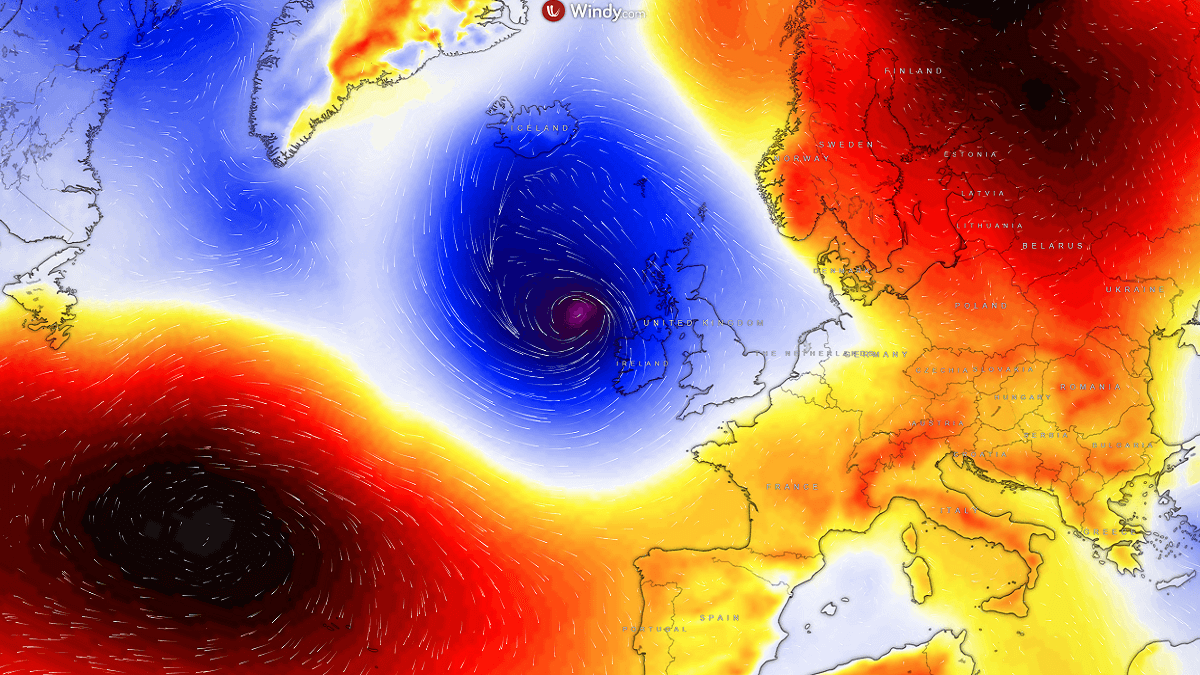Storm Amy: UK Braces for First Named Storm of the Season with Severe Weather Warnings

First Named Storm of the Season
Storm Amy has been designated as the first named storm of the season, following a collaborative naming process between meteorological agencies in Ireland, the UK, and the Netherlands.
Expected Impact and Warnings
The active North Atlantic weather pattern is continuing to bring multiple storms and frontal systems to western Europe. An intense surface cyclone is forecast to hit on Sunday, with the potential for significant impact on Ireland and the UK. The storm’s rapid development from Saturday into Sunday is particularly concerning, as it’s expected to bring intense winds and significant wave heights towards Ireland and Northern Ireland.
While there are still some uncertainties about the exact trajectory of the main surface low, Ireland is expected to face the worst of the storm. High-resolution models suggest the possibility of severe local winds with gusts potentially exceeding 80 mph.
Public Safety and Preparedness
The storm naming system allows for consistent and authoritative communication with the public, enabling them to prepare for and stay safe during potentially severe weather events. It serves as a powerful tool that supports meteorological agencies and public safety organisations in raising awareness of severe and impactful weather alongside regular weather warnings.
Historical Context
Storm seasons in the UK are known for their variability, with some experiencing a low frequency of named storms and others being more active. The 2023-24 season, for instance, saw a record 12 named storms, while 2024-25 was comparatively quieter.
Recent data has shown the effectiveness of storm warnings, with surveys indicating that 93% of people in amber warning areas were aware of alerts during previous storms, with 83% taking action to prepare. Over the past decade, storm naming has proven to be an effective tool in helping save lives.
Official Guidance
The public is advised to take immediate action to ensure safety during the severe weather. There is a substantial risk of disruption to travel, energy supplies, and potential widespread damage to property and infrastructure. Travel delays, road and rail closures, power cuts, and potential risks to life and property are possible.
